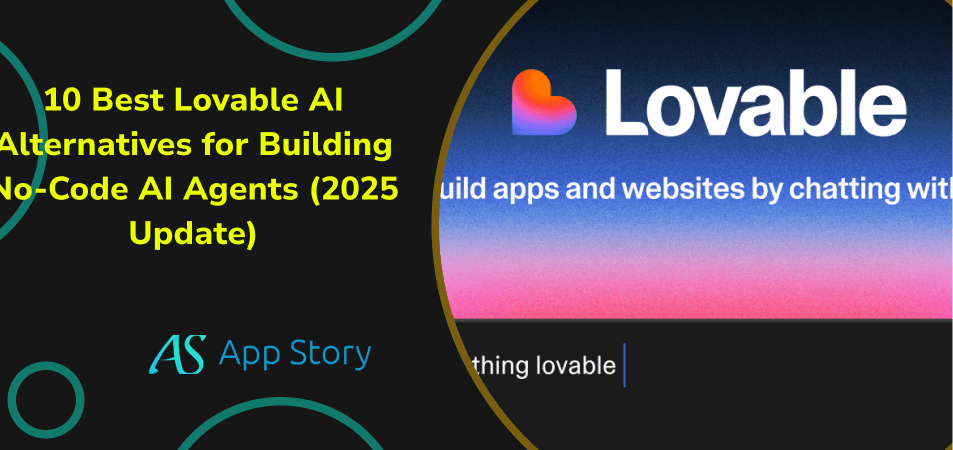If you’re looking for a new opportunity, or if you just want to build your own brand and income stream, starting an online side project is the perfect way to do it. Online side projects can be used as a source of income, but they also provide many other benefits that can help your career overall. This guide will walk you through each step of the process so you can start making money off your website in no time!
Why start an online side project?
Why start an online side project?
There are many reasons why you should consider starting an online side project.
- Learning new skills: This can include anything from programming, design, or writing. You could use your free time to learn how to code in Python or Ruby on Rails. You could also work on building a portfolio of work from scratch using Adobe Photoshop and Illustrator. The possibilities are endless!
- Building a portfolio of work: If you’re looking for a job at some point in the future, having a strong portfolio is key. A lot more employers hire based on their first impression of your website than what kind of resume you send them (even though it’s still very important). Having an impressive-looking website that showcases your best work will help set yourself apart from other candidates vying for the same position as yours!
- Make money: Some people start side projects with the goal of making money (which is perfectly fine!). If this is something that interests you, there are several different ways it can happen: selling physical products like clothing; offering premium memberships where users pay monthly fees; charging advertisers fees when they want their ad displayed on certain pages; etc.
Why you need a project website
A website is a place where you can share the details of your side project with the world. It’s a way to build credibility and establish yourself as an expert in your field. A website will also allow you to have a professional presence on the web, separate from any other mediums or channels that you’re already using.
A website acts as an information hub for users interested in learning more about your product or service, while also providing a space for them to interact with each other and discuss topics relevant to your work. Your website can also be used as a platform where customers purchase products directly from their browser without having to leave the comfort of their home computers (if this is something that interests you).
Whatever it does for your business, having a website will help boost its overall visibility online by providing one central location where people can go whenever they need information about what it offers them or how they might benefit from using it themselves.
Choosing a domain name
Choosing the right domain name is crucial to the success of your online project. The goal is to have a short, easy-to-remember name that’s relevant and memorable.
A lot of people think it’s best to use hyphens or numbers in their domain names, but this isn’t really true. While hyphens can make it easier for search engines to understand what you’re trying to say, they are also hard for people (and search engines) to remember without having them written down somewhere else first.
When choosing a domain name, try not to use any special characters or anything that may be confusing or difficult for others who don’t know what they mean (like capital letters). You want something that sounds nice when read aloud so people will remember how it sounds without having any problems with spelling or pronunciation!
Choosing a web host
The first thing to consider when looking for a web host is reliability. If you’re not sure what makes a hosting service reliable, check out their uptime guarantee. This is the time the site was offline (for example, if it’s down for 99% of the month and has an uptime guarantee of 99.9%, then your site was down for about eight hours in that month).
Next up: reputation! A good internet presence is all about trust, whether it’s from consumers or from other businesses or individuals that are using your product/service. Many hosting companies have ratings on sites like SiteJabber and G2 Crowd to help you determine which hosts are most trusted by others in the industry.[1]
A third consideration should be affordability—but don’t just go with any old cheap option! Cheap services often mean slower servers and less-than-stellar customer support (which could lead to downtime). Instead look at reviews online before making your choice so that you know what kind of experience people have had with each company’s services.[2] Think about what kind of bandwidth usage would make sense based on how much traffic comes through your site as well as whether there will be any major changes coming down the pike (like going viral).
Choosing WordPress
WordPress is a content management system (CMS), allows you to easily create and maintain a website. It’s one of the most popular CMSs, but there are several other options if WordPress doesn’t sound like your ideal platform.
- Wix: Wix is another popular web-building platform with tools specifically designed to help you create websites and mobile apps. The biggest difference between Wix and WordPress is that Wix’s interface is more streamlined, making it easier for non-technical users to build their sites. But in order for this process to work well, you need some coding skills or access to an experienced developer who can help with layout issues like navigation menus or contact forms. You can use Weebly for free forever with no credit card or email required; however, if you want additional features such as eCommerce support or unlimited storage space, then those upgrades will cost money on top of their $7/month subscription fee (or $10/year).
- Squarespace: Squarespace offers its own CMS called “Sites,” which allows users full control over how their pages look without requiring any technical knowledge whatsoever—you drag & drop within the editor window itself! It also has many templates available so your site won’t look too generic either — though again, these templates require some customization before going live on production servers so make sure they fit well within current trends while remaining true enough, not removing much personality from what makes them unique individuals.
Buying a premium theme and plugins
If you are building a website, it’s best to use premium themes. This is because they’re easier to customize and more secure. In addition, premium themes usually come with better support and more features.
Customizing your site to match your personality, brand and style
Once you have a domain name, hosting, and theme, it’s time to customize your site. This is where you can really express your personality and brand through the design of your website.
You should be careful not to overdo it with customizations — because you can’t change them later on (except when updating the theme), you want to make sure that they are exactly what you want before moving forward.
- Choose premium plugins: There are lots of free plugins available for WordPress, but many of them don’t work well or have security issues. Premium plugins tend to be more stable, provide better support and updates for major changes in WordPress releases and often come with additional features as well such as coupon codes or membership levels (which also helps with SEO).
- Choose from thousands of themes: Themes allow users to quickly create beautiful websites without having any programming knowledge! But beware; there are literally thousands upon thousands out there, so finding one that fits both your style AND purpose will take some time…but once again—it’ll be worth it!
Launching Your Website!
Once you’ve built your website, it’s time to launch it. Before you go live, make sure there are some key components in place:
- Add a blog and journal your progress. This will keep visitors informed of your progress and help build a community around the project.
- Add social media links so people can share their experiences with each other.
- Create an email newsletter signup so that when new content is added, visitors will get notified right away (and hopefully subscribe).
Now that everything is set up properly, it’s time to test everything out! You should check each part of the site individually before making any major changes or additions—this way if something breaks along the way, you can find out exactly where it happened and fix it quickly without having to take down parts of the site until they are working again (which would be very annoying for users!).
Starting an online side project is not as difficult as you might think
Starting an online side project is not as difficult as you might think. You do NOT need to be a programmer, and you don’t need to have a lot of money.
You can start with a simple website and grow from there. In this guide, we’ll show you how!
You don’t need to know how to code websites or have any money at all in order to start an online side project—you just need time, patience, and dedication!
There are plenty of free tools available today that will allow even complete beginners (like us) to build their own websites without having any prior experience in web design or coding whatsoever!
Conclusion
Starting an online side project may seem like a daunting task. But don’t let that hold you back! With just a little bit of research and planning, anyone can get started on their own website. Just remember to keep it simple, and don’t overthink things too much—you can always make changes later on if necessary.






 United States
United States United Kingdom
United Kingdom India
India Canada
Canada Singapore
Singapore















![10 Benefits of the Internet of Things You Should Know [2025]](https://www.appstory.org/wp-content/uploads/2025/03/ATS-10-Benefits-of-the-Internet-of-Things-You-Should-Know-2025@2x-80x60.png)




















